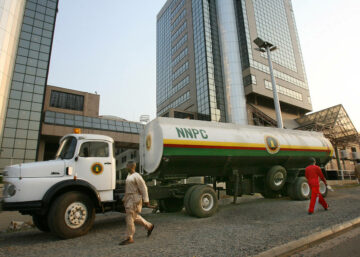In 2024, Libya’s oil industry is navigating a complex landscape marked by both significant challenges and promising opportunities. The Libyan National Oil Corporation (NOC) has set ambitious goals to increase production capacity to two million barrels per day within the next three to five years. Currently, the country produces approximately 1.3 million barrels per day, with plans to boost this by an additional 100,000 barrels per day by the end of the year.
Despite these aspirations, Libya’s oil sector continues to grapple with political instability. The country faces ongoing clashes between rival governments, which have historically disrupted oil production and exports. In recent years, these conflicts have led to the shutdown of key oil fields and ports, severely impacting the nation’s oil output and revenues.
However, there are signs of recovery and growth. The NOC is preparing to launch its first oil and gas licensing round in nearly two decades, aiming to attract international investment and revitalize exploration activities. This initiative is part of a broader strategy to enhance production and reduce the burning of associated gas by 83% by 2030.
Additionally, Libya is making strides in infrastructure development. A notable project is the $600-million oil refinery near the El Sharara field, expected to produce up to 300,000 barrels per day upon completion. This refinery aims to address fuel shortages and stimulate economic growth by producing gasoline, diesel, and jet fuel.
Despite the hurdles, Libya’s oil industry remains a cornerstone of its economy, accounting for a significant portion of national revenue. With strategic investments and international partnerships, Libya is poised to strengthen its position in the global oil market while navigating its internal challenges.




